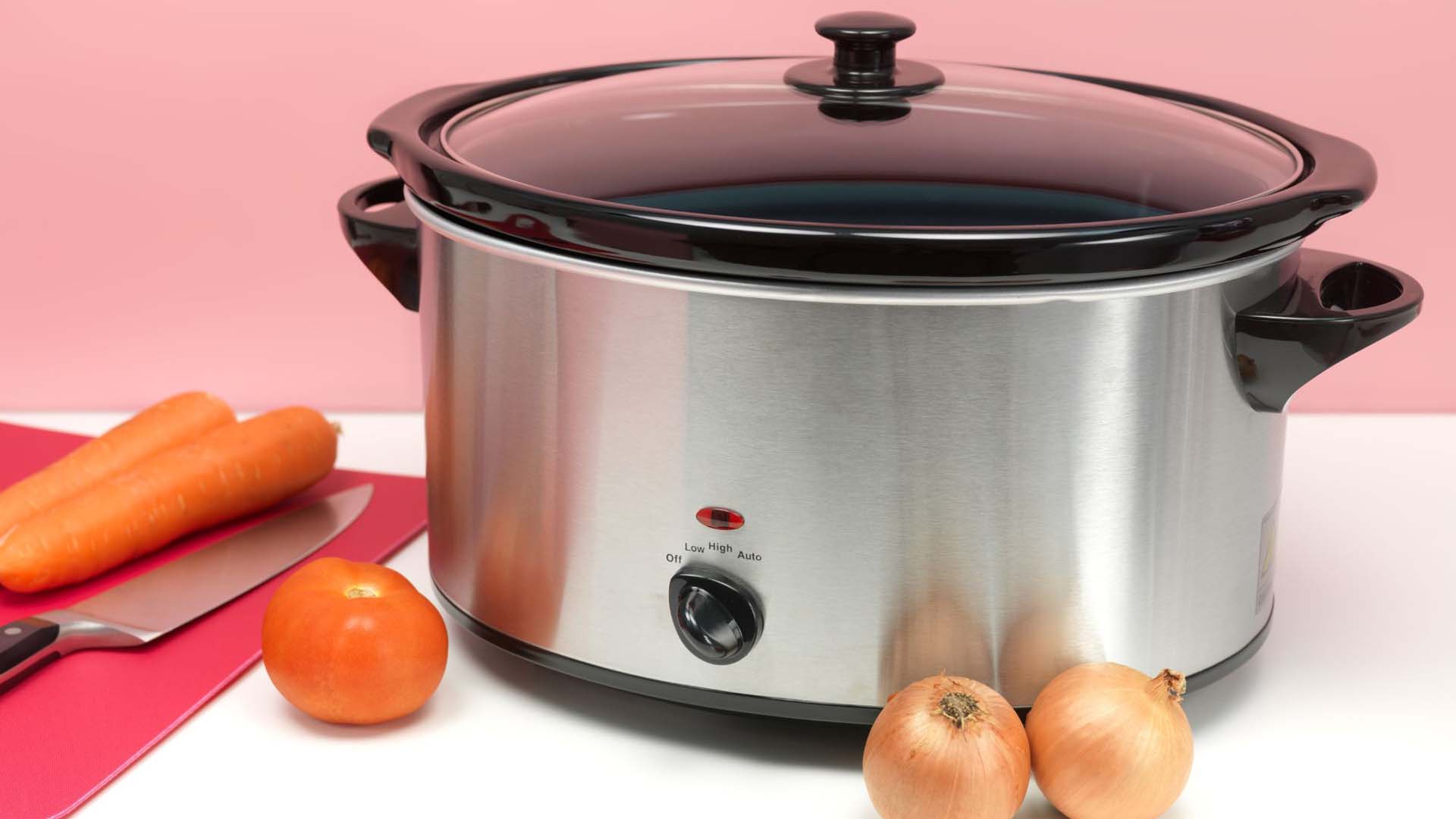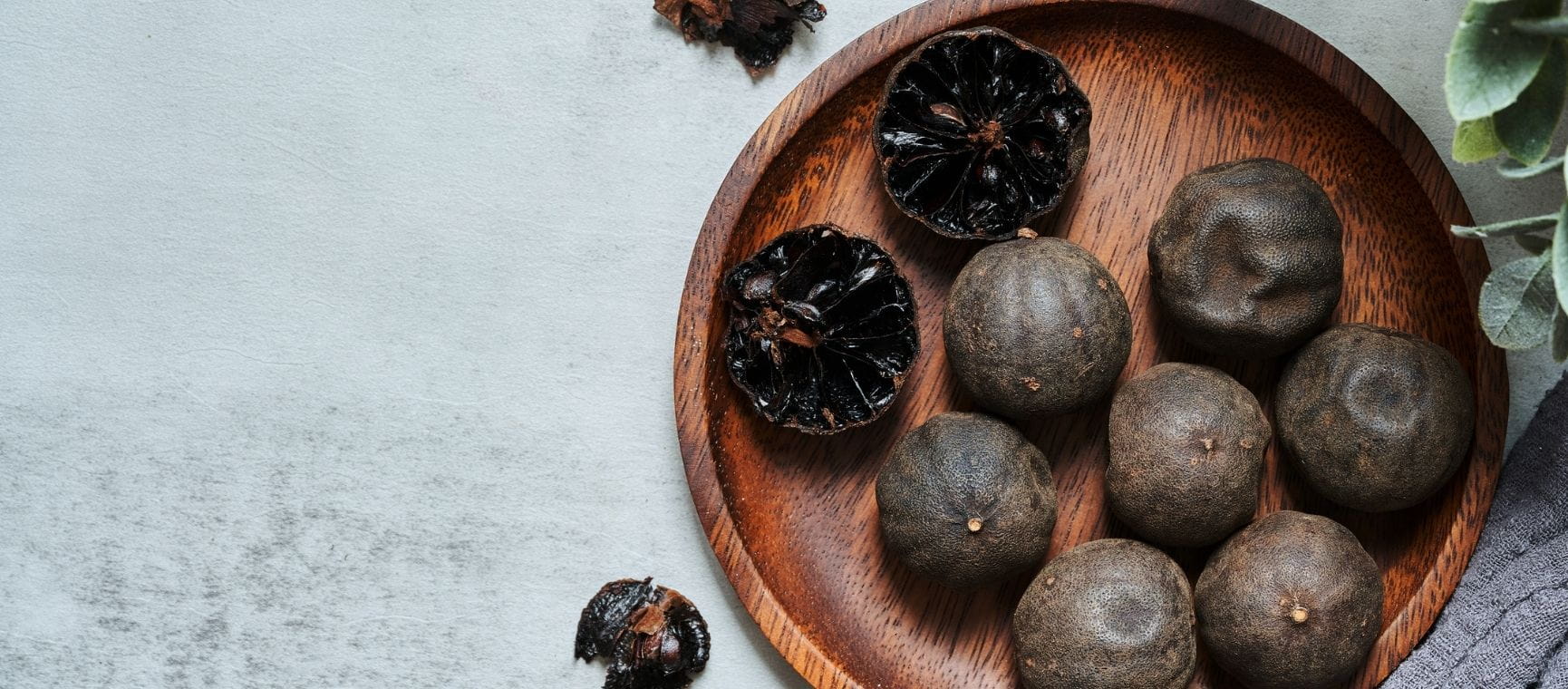
I never really grew up eating hummus. It was around of course, mostly appearing at gatherings or as part of a mezze spread, but it was never really the main event of my Bahraini upbringing.
I instead feasted on grand rice platters like machboos, a spiced rice dish usually meat or fish based, or saloona, a tomato based curry-like stew with slow cooked meat and vegetables.
I would eat whole fried Safi (rabbitfish) with my hands, meticulously picking at it until there was nothing left but bones and I’d combine this with aish shaylany, a fragrant white rice cooked with ghee and topped with plenty of fried onions.
I would eat street foods of chargrilled meats marinated in ground black limes or deep fried samboosas stuffed with mung beans or melty cheese. And I would douse everything in spicy hot sauces like daqoos, and have a bowlful of turmeric-stained pickles alongside. Sometimes I would also eat hummus.
When I moved to London in my late twenties, my first job was working as a chef de partie at one of the Ottolenghi delis. I still remember assembling all the iconic salads of meltingly soft aubergines topped with yoghurt and pomegranates, or grilled broccoli florets with fried chillies and garlic.
The spread would often feature a big hummus platter, topped with various toppings that are then lovingly doused in generous amounts of olive oil.
There was something very familiar about working there: food I knew, food I loved, food I understood better than I did myself at times. But never my food. Never the food of a part of the Middle East I soon realised many knew little about.
Fast forward a few years and I was soon running the Ottolenghi Test Kitchen (OTK), alongside a treasure trove of creative minds all putting their individual spins on dishes that would soon be published in Ottolenghi books or columns.
This of course involved many cardamom laced, tahini doused, cumin infused recipes among others. Middle Eastern food had also become a lot more accessible, with sumac, za’atar and tahini seamlessly appearing in mainstream supermarket isles as if they had been there all along.

While working at the test kitchen, I did my very best to pioneer black limes, sun dried limes that are the backbone of cooking in the Gulf, Iran and Iraq.
After creating many Ottolenghi recipes that featured this bitter, earthy, somewhat strange looking ingredient, I soon noticed black limes appear in the London chef scene and, most surprisingly, even spotted them being sold in Waitrose. But even with this tiny black lime win, I felt there was still so much more to say and do.
As I went on to work on my own cookbook Lugma, I realised then as I do now that it is more important than ever to offer new and real perspectives of Middle Eastern food and culture, and to join the many Arab voices doing their best to amplify this.
My first port of call was naturally Bahrain, the island that raised me, its food a unique mix of Arabic, Persian and Indian flavours intertwined into one. Could I possibly make grand rice dishes like fega’ata, a fragrant bottom of the pot chicken and rice dish, appear on UK tables?
Or make black limes the new preserved lemons? Well, a girl can dream.
The truth is that the Middle East is such a wonderfully diverse part of the world; its food offerings, much like its culture, its landscapes or its language, is so vast and abundant that I myself cannot possibly wrap my head around it all.
A brief trip to Saudi Arabia, a mere 30 minute drive across a bridge from Bahrain, proved this point even further when, quite suddenly, the dialect differed, the rice dishes magically transformed and the culture morphed into its own identity.
One bite, or one ‘Lugma’ as we say in Arabic, is all it takes sometimes, to pick up on the small nuances that make a notable change.
The best I can do as a cook and author is to offer up the flavours and recipes that I know and love, and hope that you too, dear reader, will try your hand at adding turmeric to your macaroni, serving elaborate rice dishes to your friends or dropping black limes into your stews.
And then perhaps, when someone asks for your opinion on the foods of the Middle East you will answer with, which part?
I love this dish for two reasons: the first is that spatchcocking a chicken means super-juicy meat every time. The second is that it celebrates loomi (aka black limes) in its very dramatic-looking appearance, and I really appreciate that.
Serve with some lightly dressed greens or the Pan-fried Tomatoes with Za’atar, Pine Nuts and Halloumi (page 91 of Lugma).

Serves: 4
Marinating time: 2 hours to overnight
Why not try the flavours of the Middle East with Saga Holidays and experience its untouched beauty, ancient history and surprisingly good beaches.
Bahrain-born Noor Murad joined the Ottolenghi Test Kitchen in 2018, where she worked as a recipe developer. She became the head of the Ottolenghi Test Kitchen, and wrote the Ottolenghi Test Kitchen books: Shelf Love and Extra Good Things.
Her own recipes have featured in the Guardian and New York Times and she has cooked on BBC's Saturday Kitchen. Her book Lugma is out now.


Enjoy the convenience of premium wines delivered direct to your door - Join our wine club today and save £84 on your first case

Enjoy the convenience of premium wines delivered direct to your door - Join our wine club today and save £84 on your first case

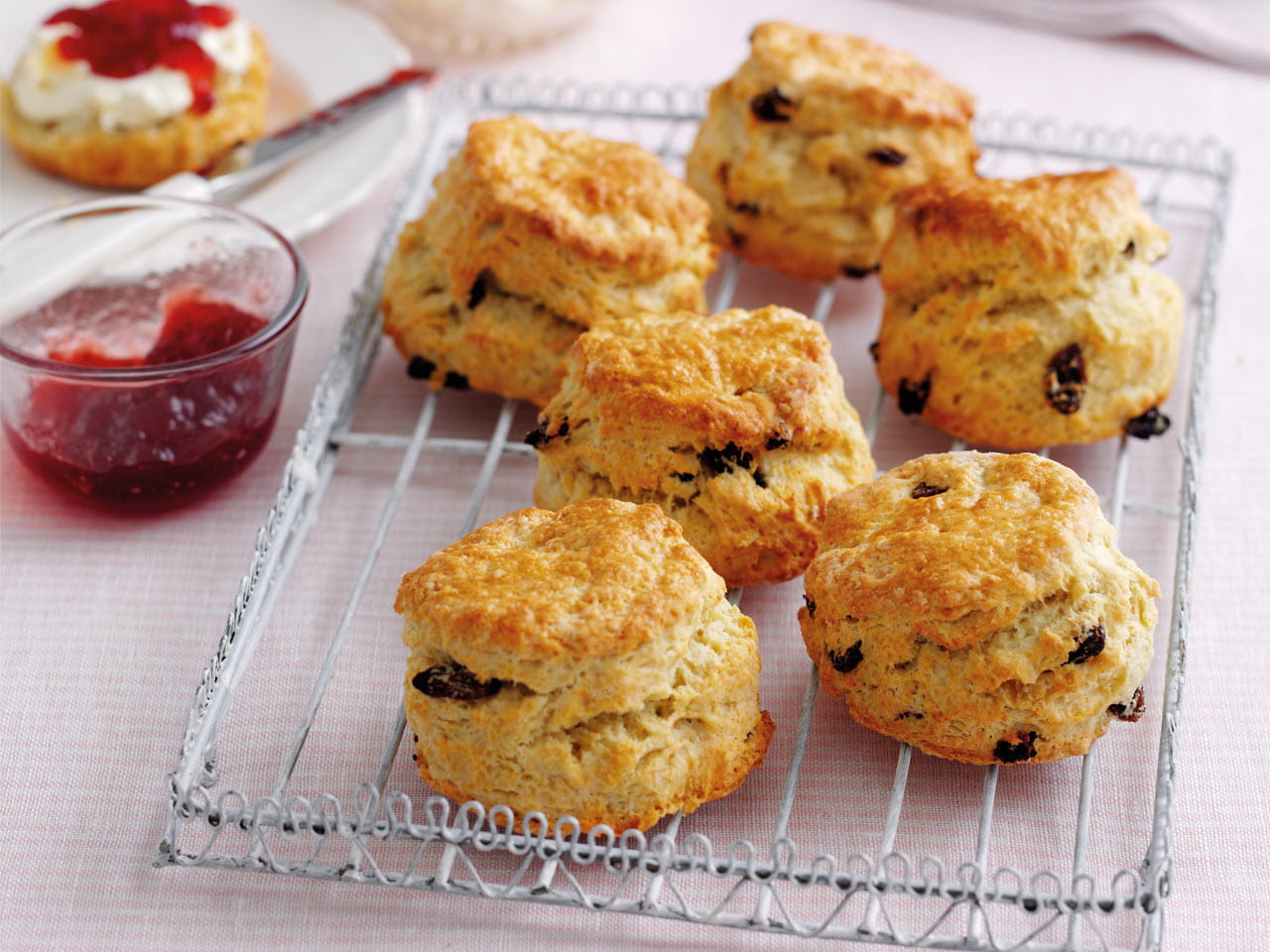
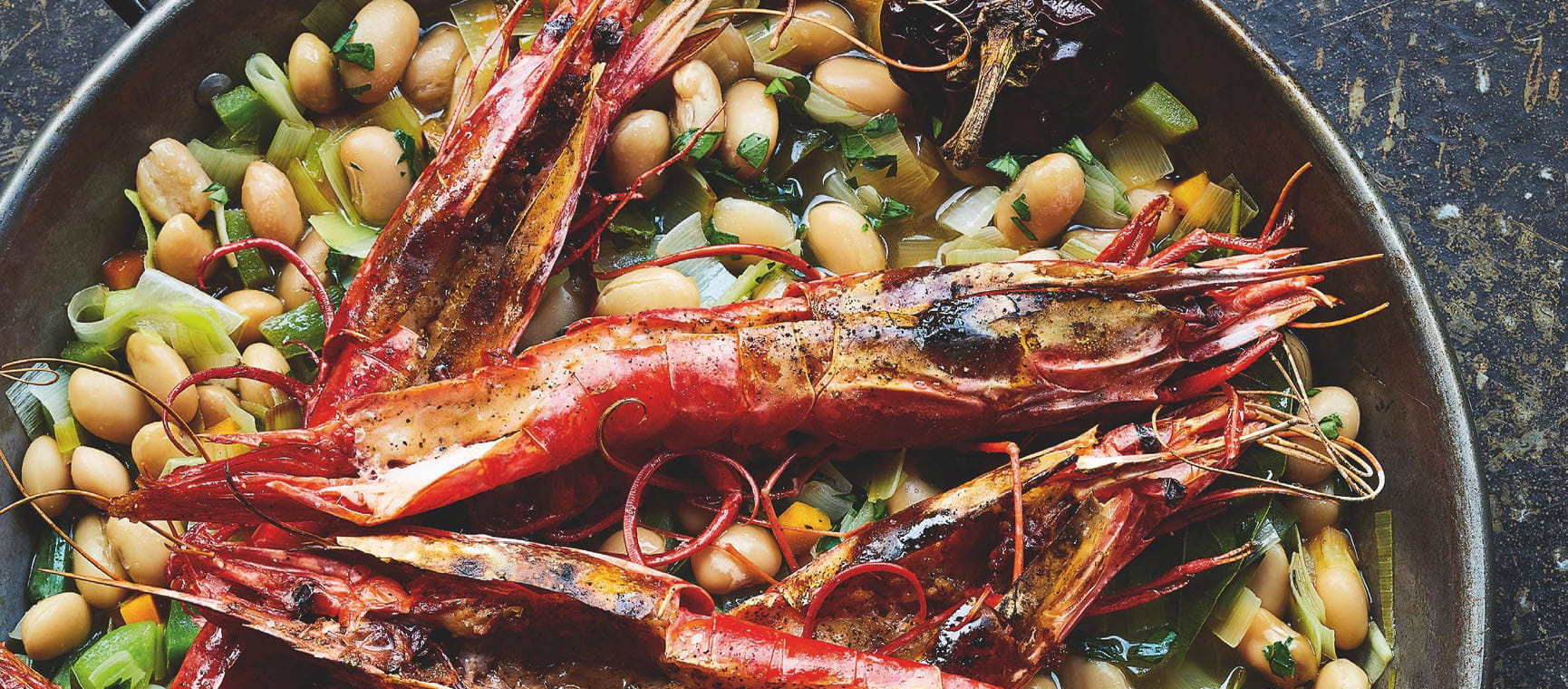
Celebrity chef James Martin shares his recipes for Valencian Beans and Prawns and Creme Caramel with Spiced Seville Oranges.
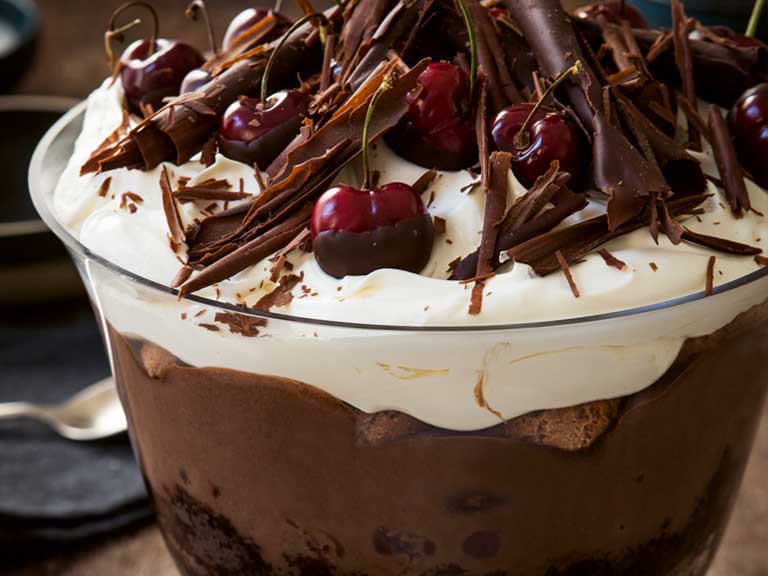

As summer approaches, our expert says it’s time to reappraise rosé and seek out more robust styles.

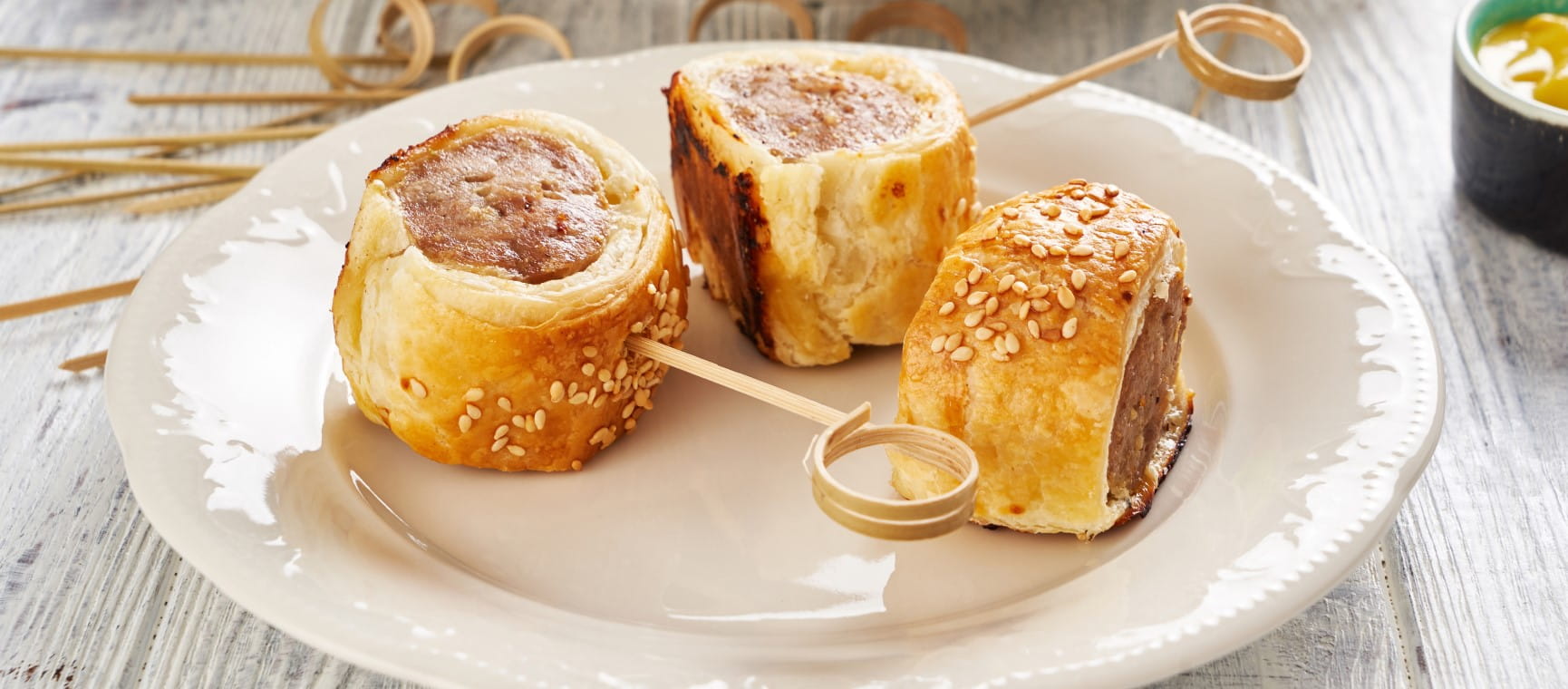
From parties to picnics, mini sausage rolls are the perfect snack. But which ones are our experts’ favourites?

Both sit nicely atop your kitchen counter, but is one better than the other?
